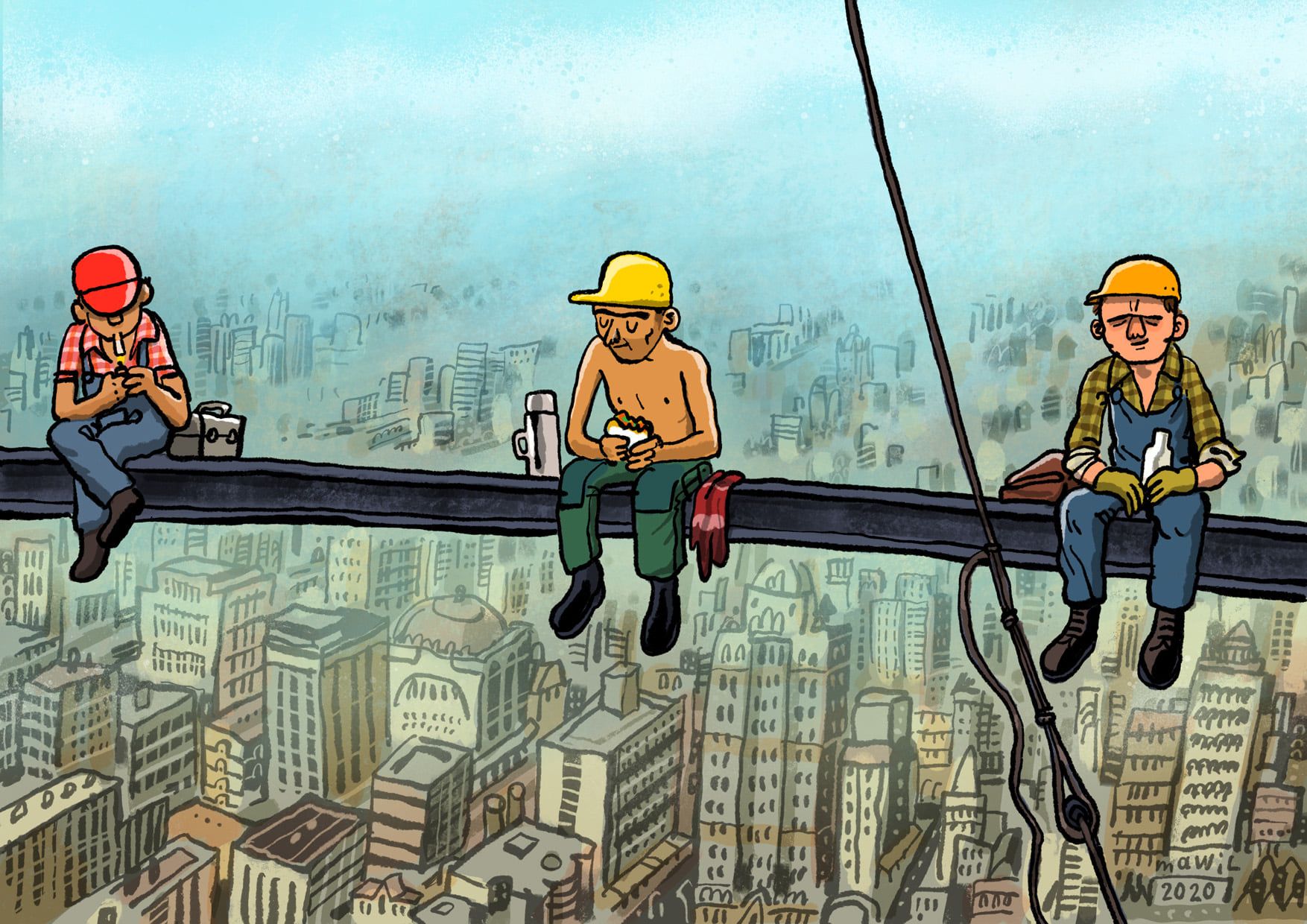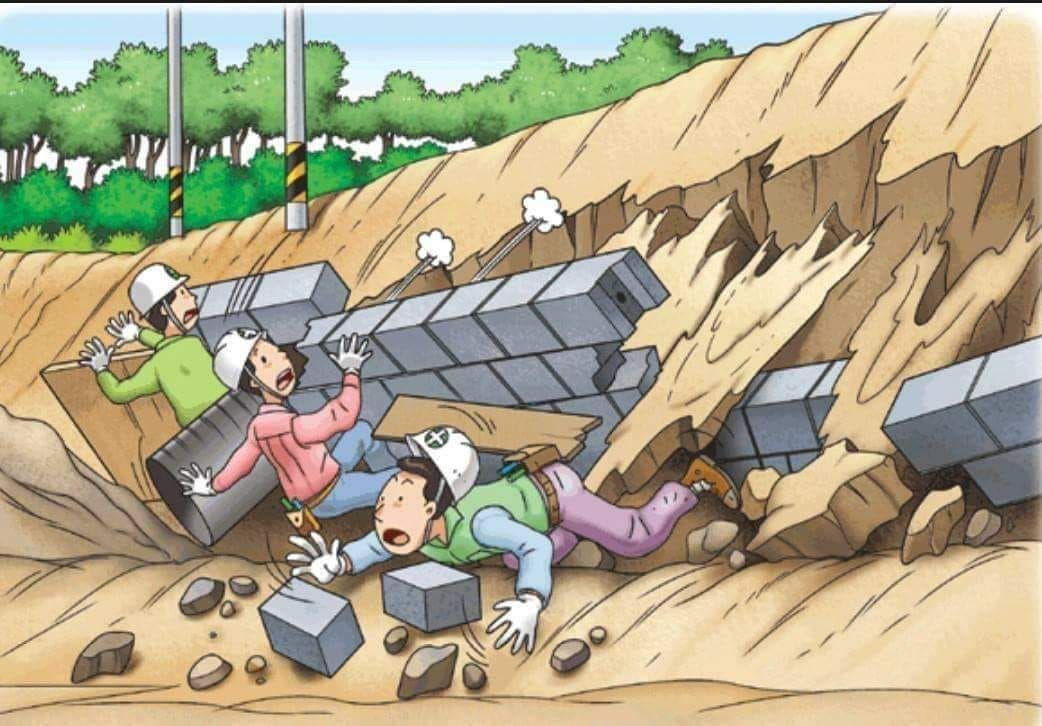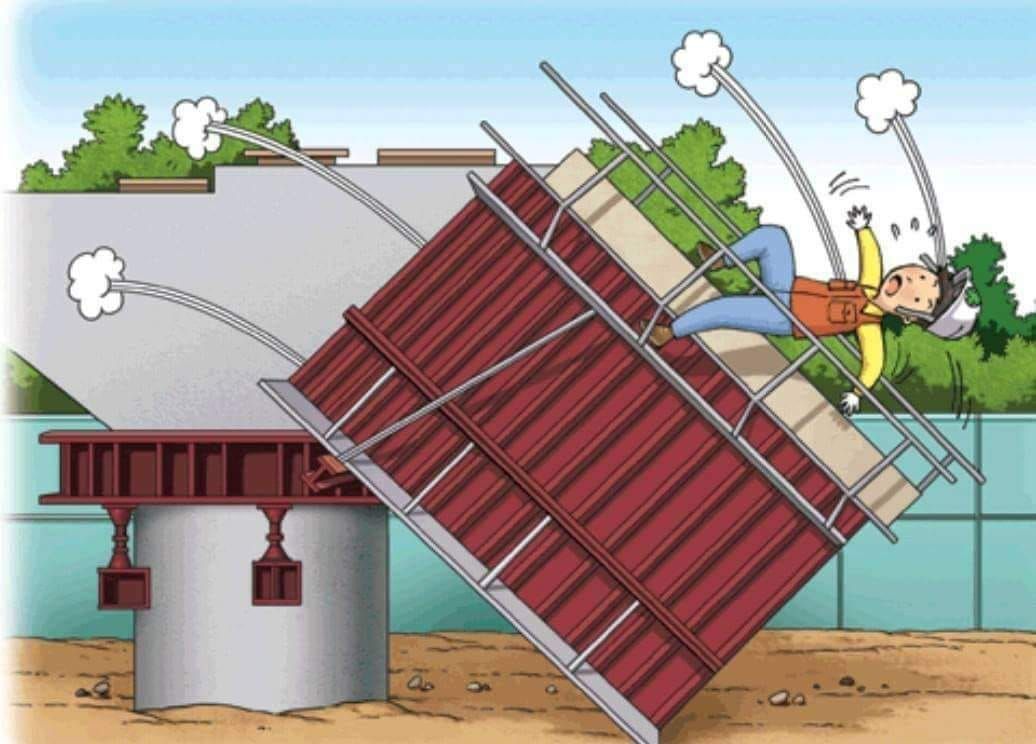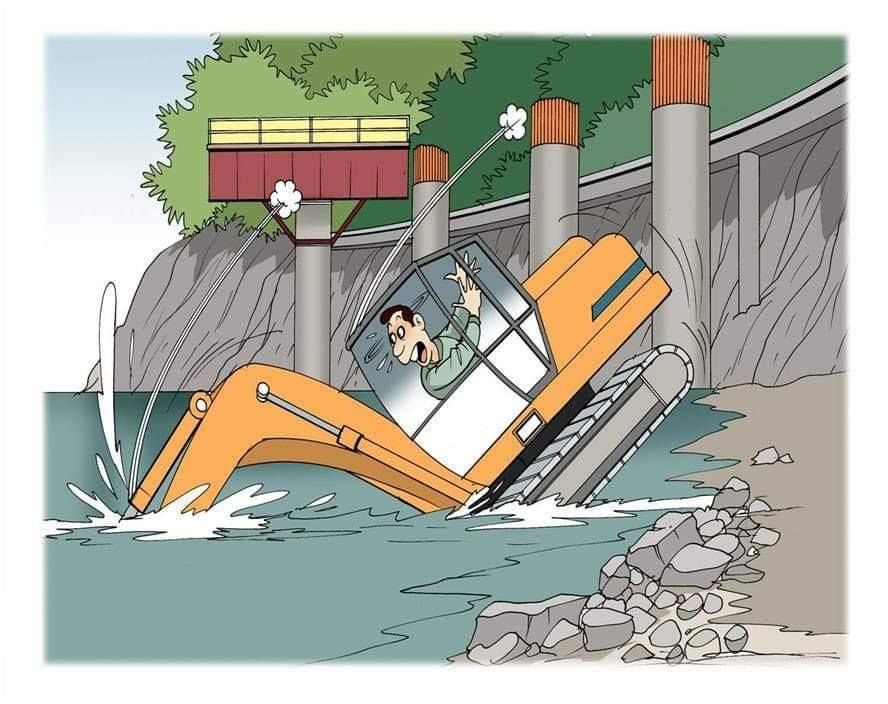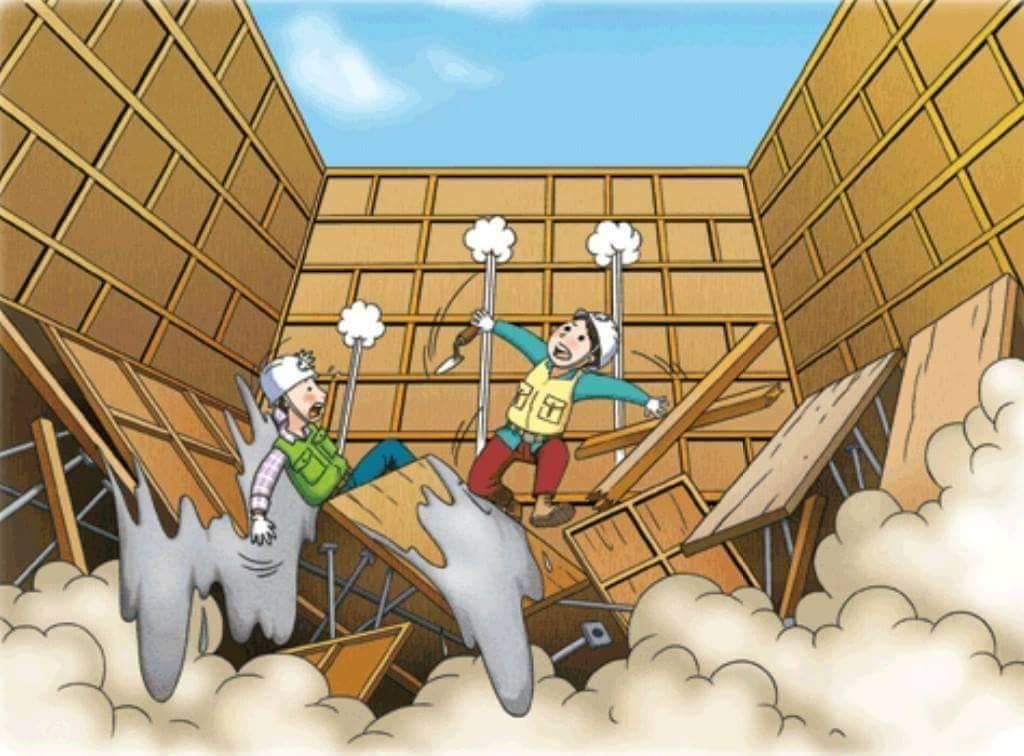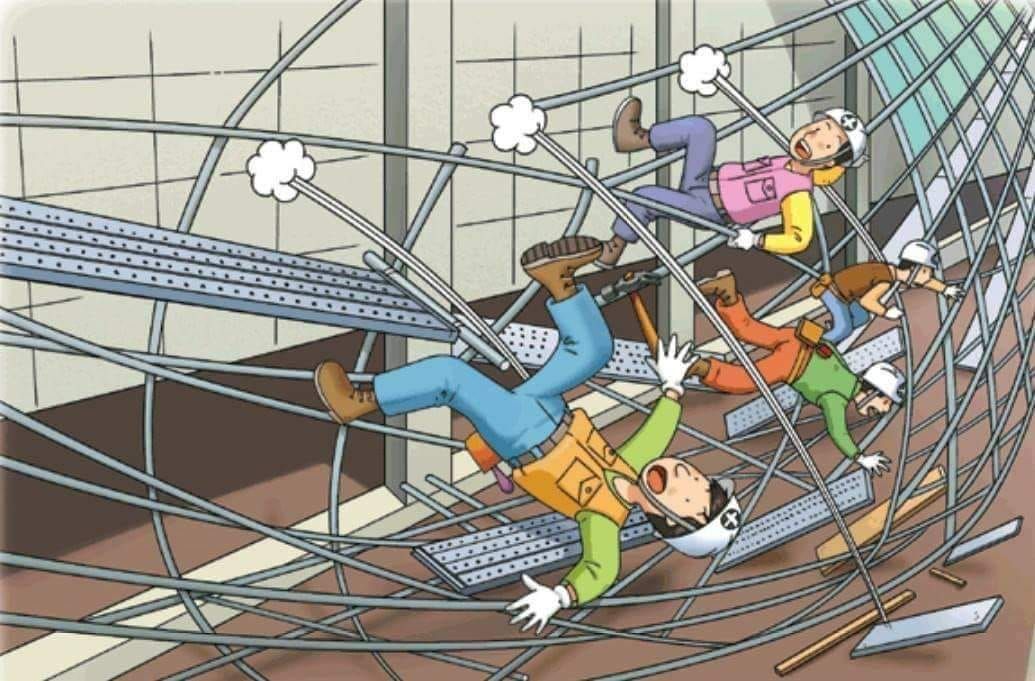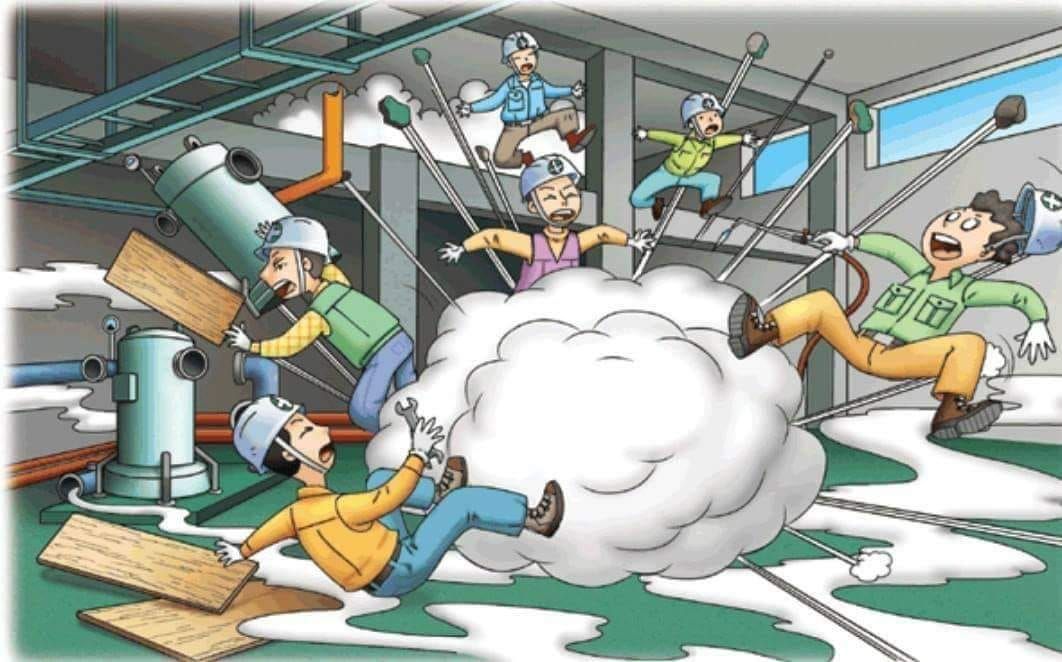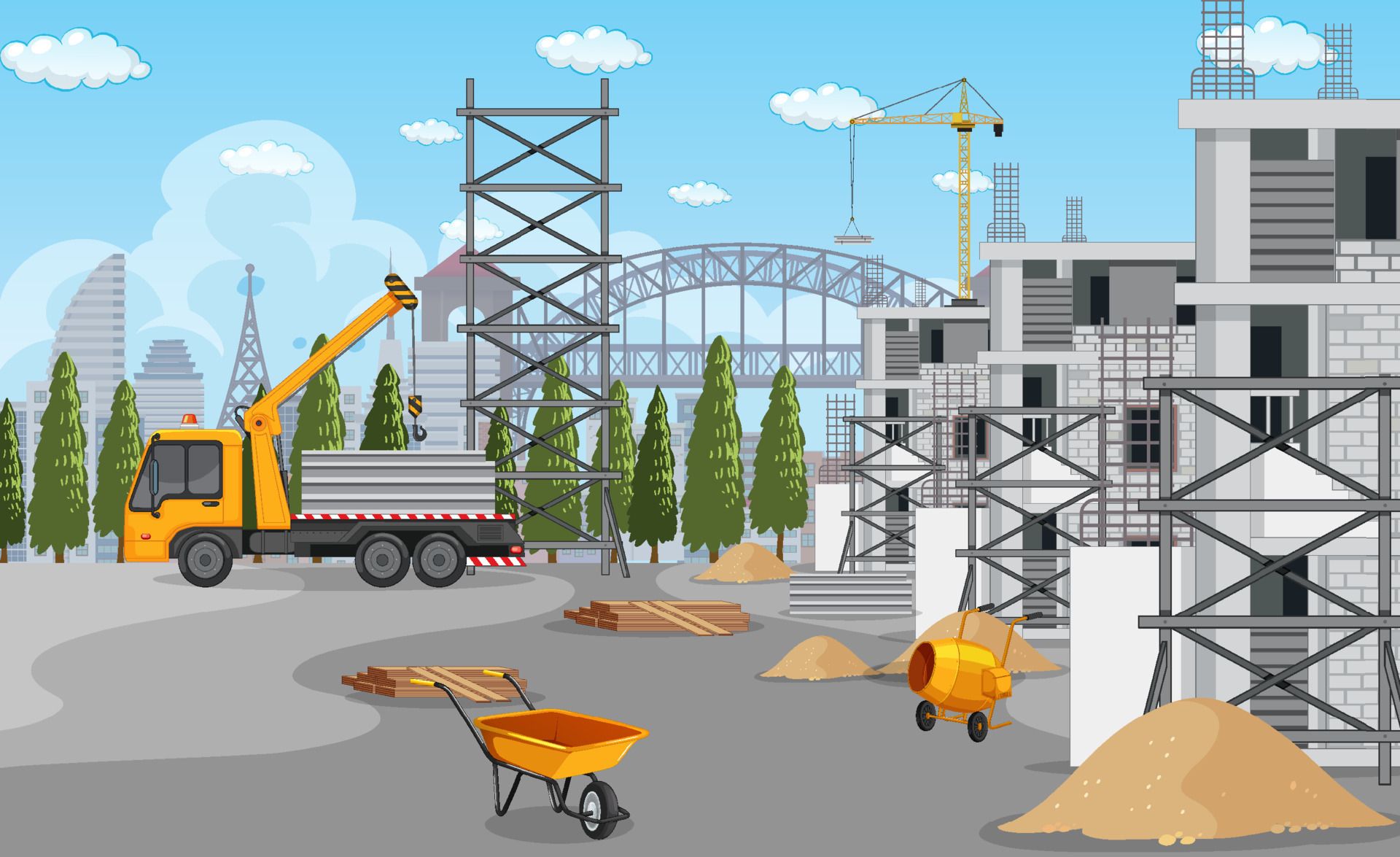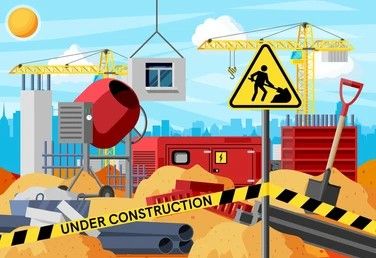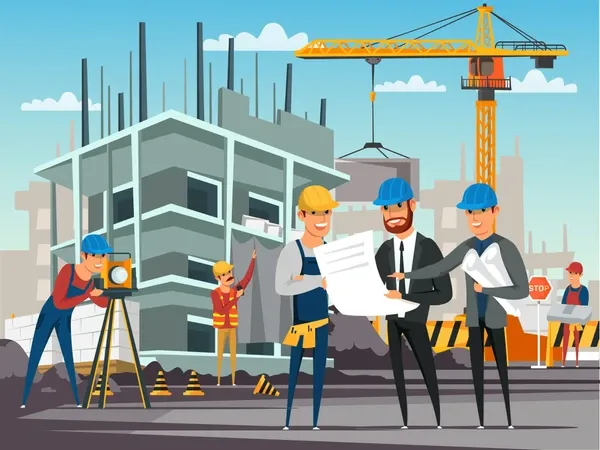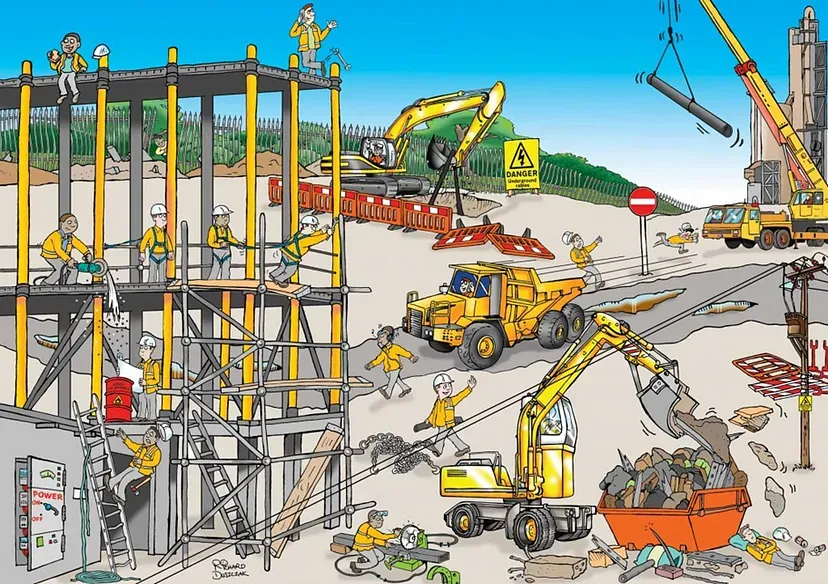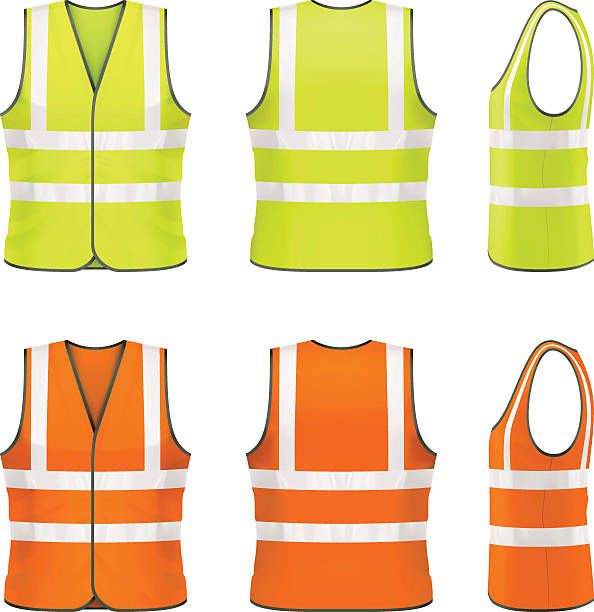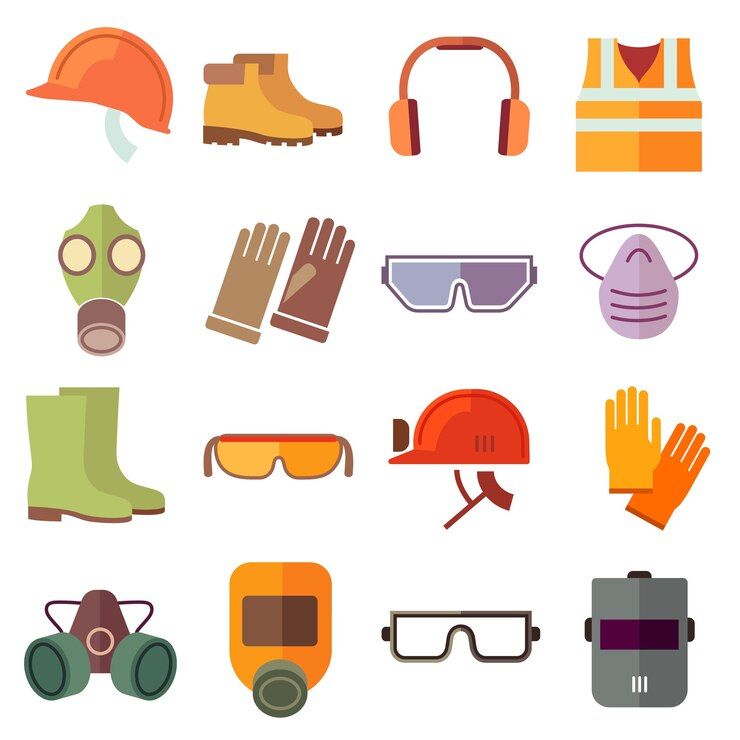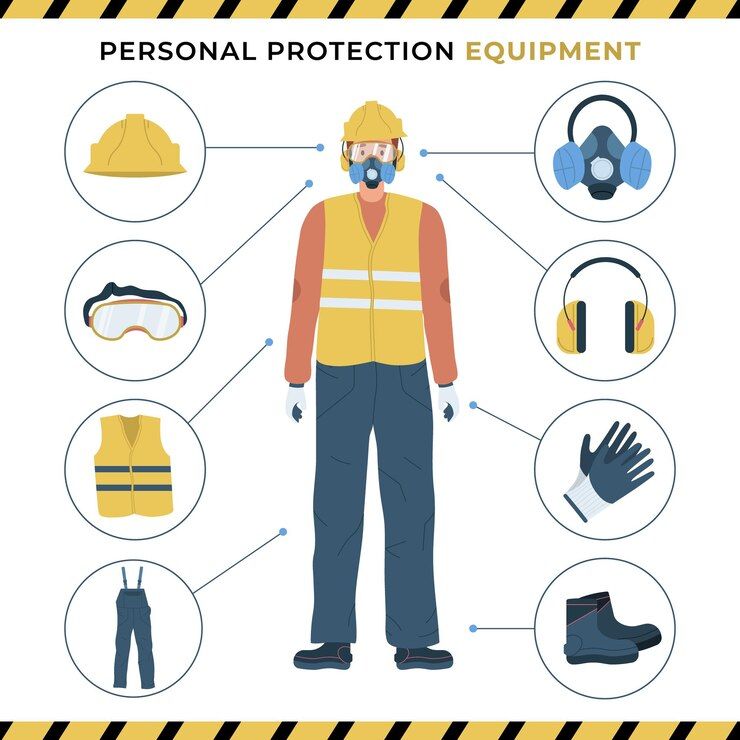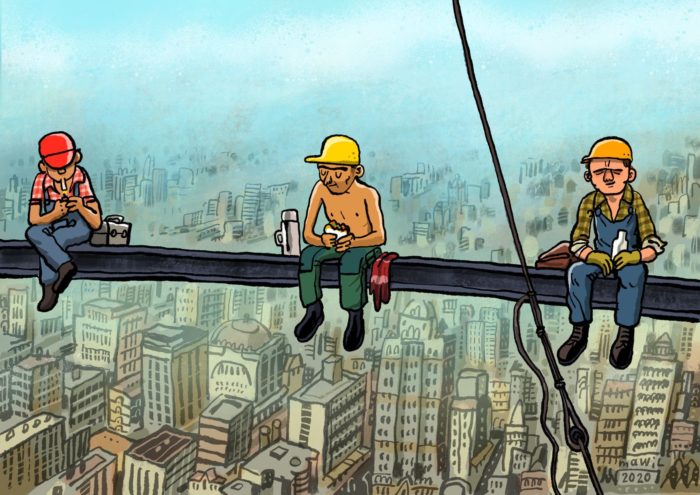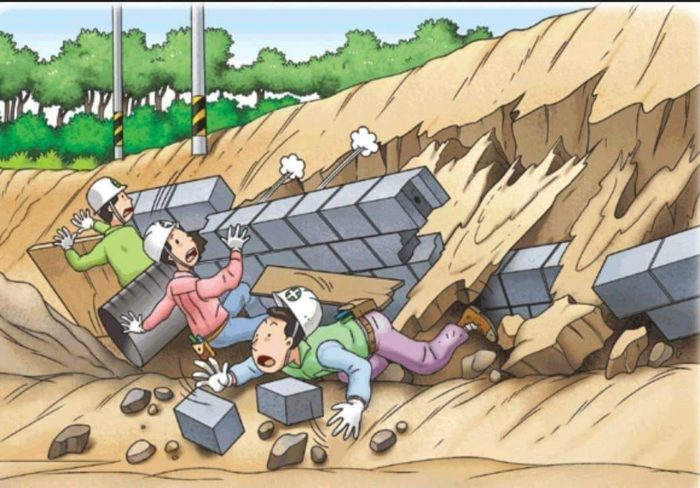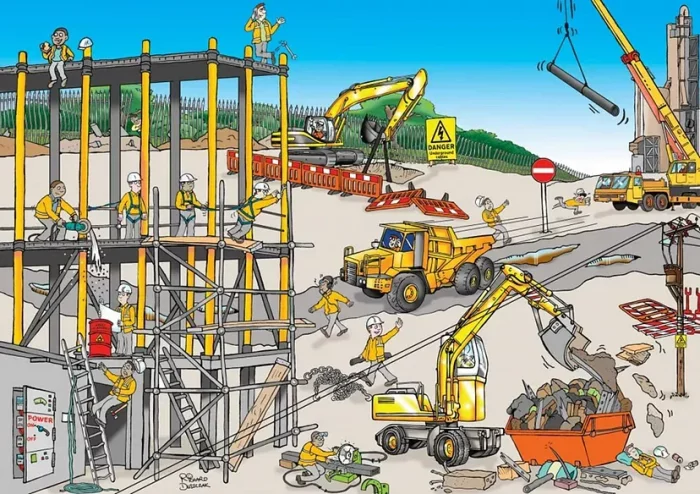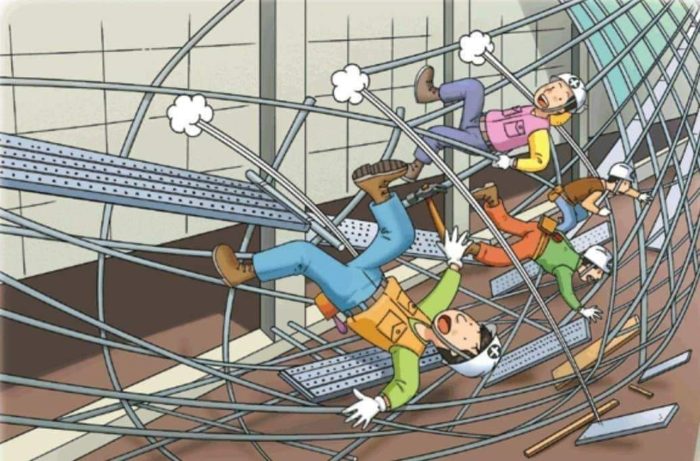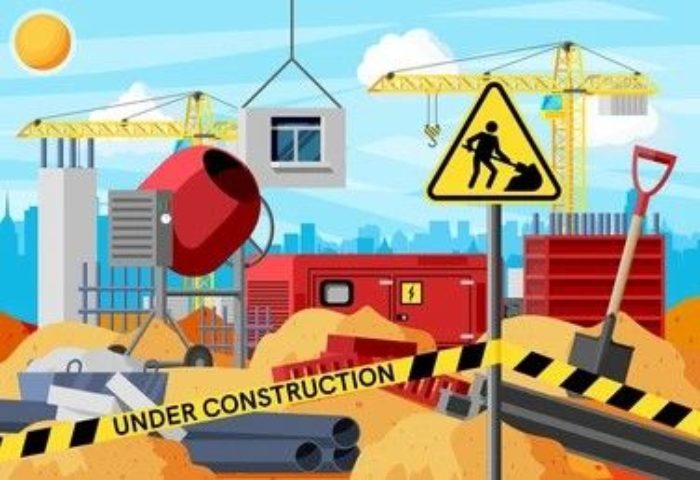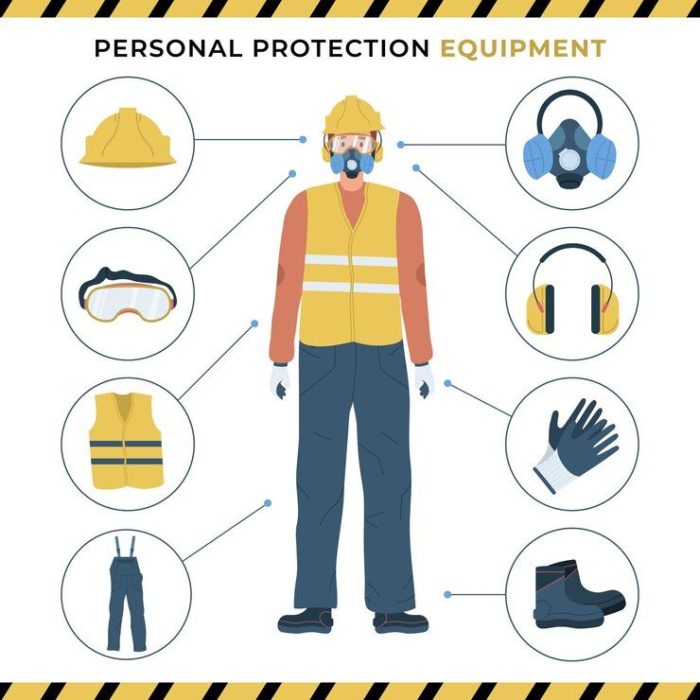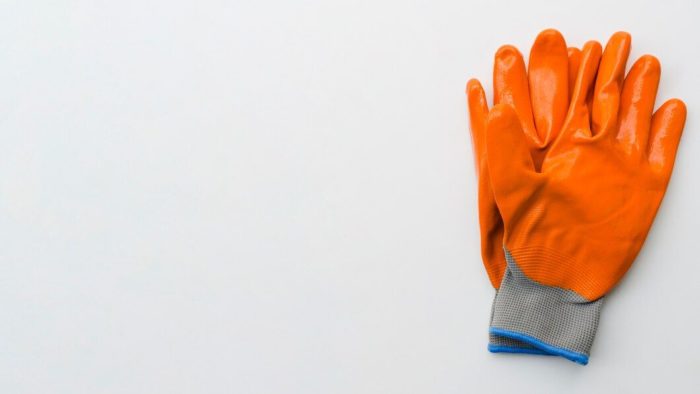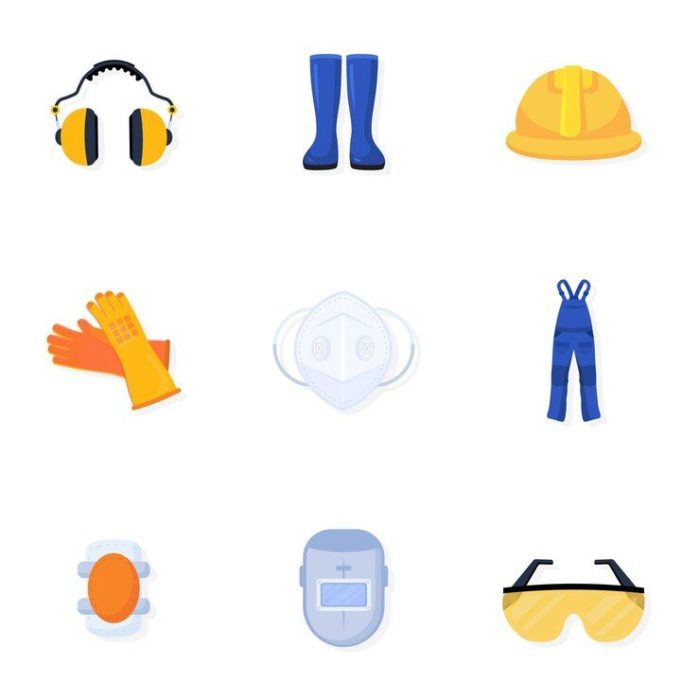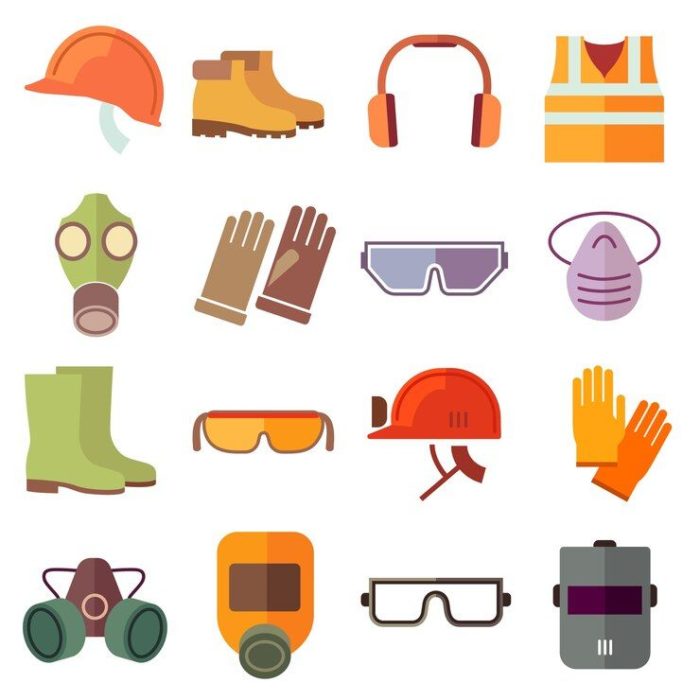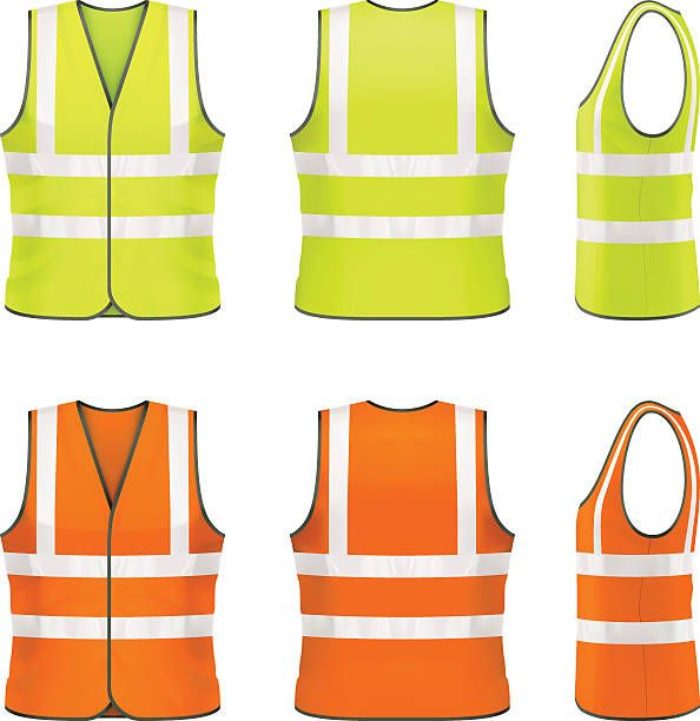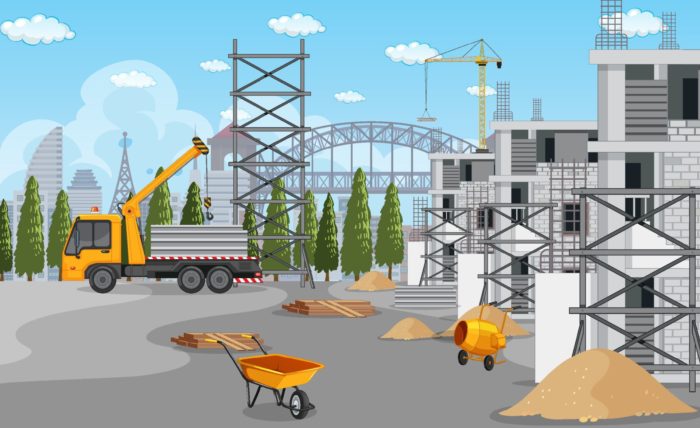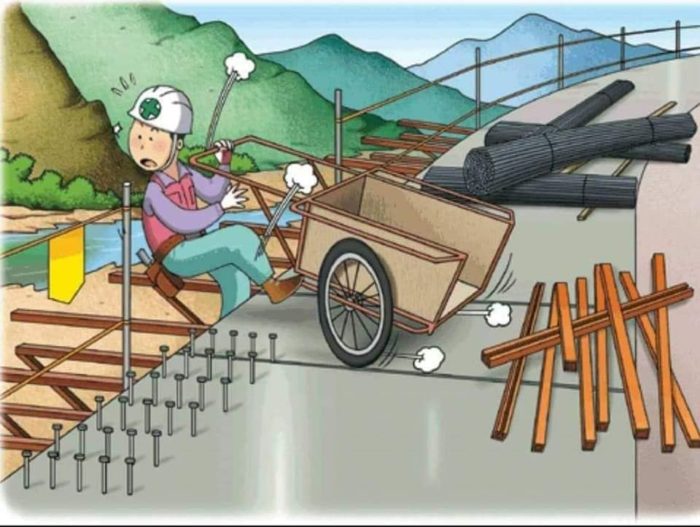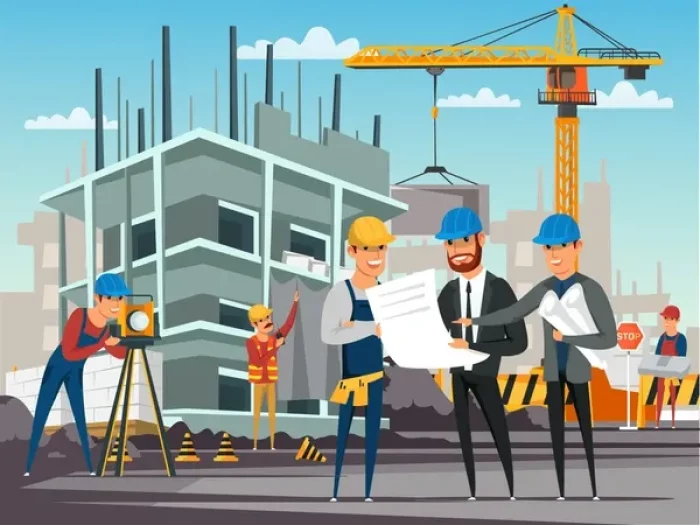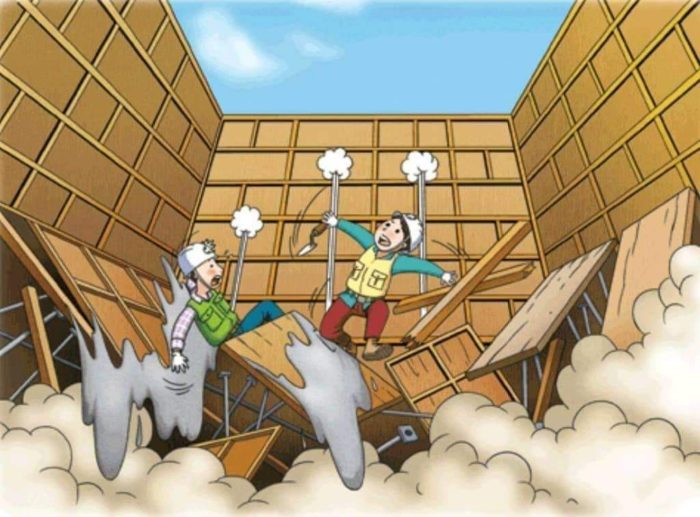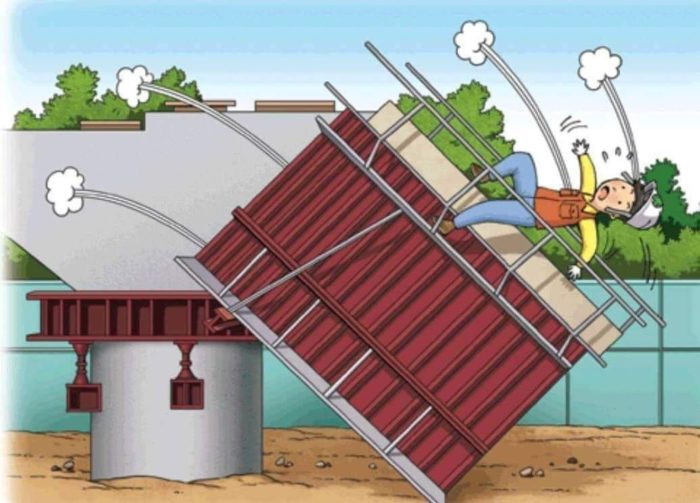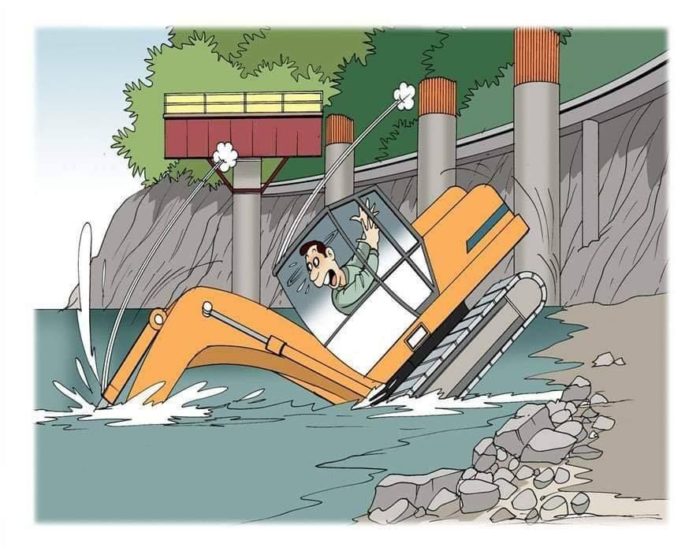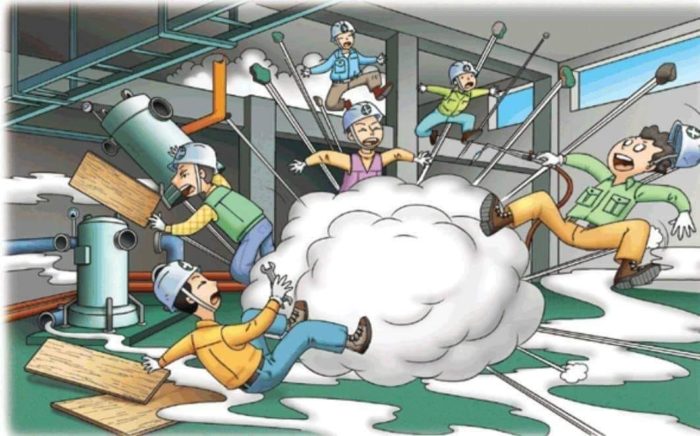Construction safety is built on a set of principles that construction safety managers adhere to and put into practice. Their commitment is demonstrated through the safe use of equipment, protection of workers from potential hazards, regular site inspections, and thorough risk assessments. To ensure construction safety, it is essential to strictly follow the safety and health regulations that apply to the specific region.
Construction work carries inherent risks, which makes it a potentially hazardous industry. Every year, a considerable number of workers sustain injuries or fatalities while on the job. However, a significant portion of these incidents can be avoided. By following straightforward safety guidelines, workers can take responsibility for their safety and that of their colleagues.
1) What Is A Construction Site?
A construction site is a designated area where physical construction activities related to a proposed structure take place. Although “construction site” and “building site” are sometimes used interchangeably, the latter specifically refers to a site where housing projects occur exclusively. In contrast, a construction site is a more general term encompassing various construction activities. The landscape‘s characteristics, including the soil and vegetation, are altered to create a suitable environment for professionals to conduct fieldwork. A piece of land is transformed into a construction site when it is handed over to a contractor to initiate construction works.
2) Construction Safety Rules
Establishing a secure work environment, which includes proper lighting, ventilation, and accessible facilities, is the key to construction safety. It is crucial to maintain a debris-free and hazard-free work area. Architects must be mindful of potential dangers related to specific construction methods, such as working with heavy equipment, and take necessary precautions to avoid accidents. Following these guidelines is instrumental in ensuring the safety of both workers and the public. Here are some tips for navigating challenges in architectural design:
1- Follow Signs
Safety signs are essential in promoting health and safety awareness for workers and visitors. It is crucial to strategically place these signs throughout the site to ensure their effectiveness. Employees should know construction site safety guidelines and the signs, including prohibition, mandatory, warning, safe condition, and fire-fighting equipment signs.
2- Wear Personal Protective Equipment (PPE)
To ensure safety on the construction site, it is essential for all workers and visitors to strictly follow the use of personal protective equipment (PPE). This includes but is not limited to goggles, helmets, gloves, ear muffs or plugs, boots, and high-visibility vests and suits. Here is a List of Safety Products For Architects:
- Safety Helmet: It is essential to choose the proper safety helmets, use them properly, and maintain them to prevent head injuries. These helmets protect the head, eyes, and back from various impacts, including falling objects, bumps, scrapes, and electrical exposures. On construction sites, different colored helmets may indicate the wearer’s role. Employees should be equipped with high-performance industrial safety helmets that feature effective shock absorption properties and protection against lateral shocks.
- Safety Gloves: Wearing protective gloves is crucial to safeguard against hazards like cuts, chemical burns, abrasion, crushing, and biohazards. While “safety gloves” are often used interchangeably with “work gloves,” the key is choosing the right type for your work. These gloves aim to prevent direct exposure to harmful substances and mitigate hand injuries. Options include industrial safety gloves, rubber gloves for chemical handling, and Kevlar gloves for abrasion resistance in construction. The correct safety gloves can prevent injuries such as cuts, punctures, burns, or abrasions.
- Hearing Protection Gear: Noise exposure may not be as visibly dangerous as the risks on construction and demolition sites, but it can significantly impact worker safety and health. Noise exposure can cause hearing damage and reduce productivity. It is essential to take appropriate precautions to prevent hearing damage and minimize the impact on productivity. OSHA recommends maintaining a noise level below 85 dBA as an 8-hour time-weighted average to avoid hearing damage. Different hearing protection options include canal caps, earmuffs, reusable earplugs, and roll-down foam.
- Feet Protection: Work boot components, including ankle support, fit, material, and design, protect workers from foot injuries—safety-toed footwear guards against falling or rolling objects, adhering to compression and impact standards. Rubber boots are suitable for concrete work or flood-prone areas. Slip-resistant shoes are mandatory in departments with increased risks of wet floor slips.
- Safety Goggles: Safety goggles are designed to protect the eyes from various hazards, including chemical splashes within industrial settings. They come in direct and indirect venting designs. The primary purpose of these eyewear items is to prevent physical harm to the eyes and protect against infections caused by environmental elements. Safety goggles are available in different shapes and styles, with various coatings such as anti-scratch, anti-UV, anti-static, and anti-fog, providing additional protection.
- High-visibility vests: offer several benefits to construction workers, especially enhancing safety in various situations. These vests significantly improve visibility during inclement weather conditions such as rain or snow, benefitting workers and aiding first responders and firefighters during emergencies. Reflective strips set these vests apart from standard ones, prioritizing personal safety. Using mesh material ensures that the vests are lightweight and do not add excessive weight to the wearer’s body. Additionally, they help distinguish workers from pedestrians and sometimes identify their respective employers.
3- Keep Site Tidy
Removing debris, dust, loose nails, and standing water from excavations and backfilling from the construction site is essential as soon as possible. It is also crucial to clean the site daily and maintain a clutter-free environment to reduce the risk of slips and trips.
4- Organize and store tools properly
It is essential to ensure that all tools are organized correctly in their designated places and that lights and power tools are disconnected. This is crucial to comply with construction site regulations and prevent tool damage and potential worker injuries. By organizing the tools in their designated places, it becomes easier to navigate around the construction site. Frequently, accidents occur due to improper use of equipment or tools. Avoid using makeshift tools and always utilize the appropriate tools to complete tasks safely and efficiently.
5- Have An Emergency Response Plan
In case of emergencies like natural disasters, fires, hazardous material spills, or other incidents, it’s crucial to have an emergency response strategy that can guide the workforce on what procedures to follow. A specialized team should handle emergency crises, address inquiries, and report potential hazards, quality concerns, or near misses.
3) Top 6 Construction Safety Risks
Construction is widely recognized as one of the most hazardous industries due to the high-risk activities involved. Therefore, construction safety managers must be aware of and closely monitor potential hazards. This awareness helps to ensure the safety and protection of workers. This goal can be achieved effectively by utilizing digital tools such as a mobile construction site inspection app that comes equipped with specialized checklists for each risk.
- Falls, Slips, and Trips: Falls are the leading cause of death in the construction industry, accounting for 36% of all fatalities in 2019. Workers can prevent falls using fall protection gear like harnesses and guardrails.
- Noise: It may come as a surprise, but excessive noise in the workplace can pose a safety risk, particularly within the construction industry. In the UK, statistics show that approximately 17,000 people develop hearing-related problems yearly due to loud noises at work. To address this issue, conducting noise risk assessments, especially in the construction sector, can help identify the sources of these risks and their impact on the health and safety of workers.
- Collapsing Trenches: Trenching and excavation are among the leading causes of death in construction, accounting for 12% of all fatalities in 2019. Workers should use proper shoring and bracing techniques to minimize the risks associated with these activities to prevent cave-ins.
- Electricity: Electrocution is the second leading cause of death in construction, accounting for 19% of all fatalities in 2019. Workers can avoid electrocution by refraining from contact with energized electrical wires and equipment.
- Respiratory Problems: Exposure to dust, fumes, and airborne hazards can cause respiratory problems. To prevent such issues, workers should wear respiratory protection.
- Moving Equipment: Although ladders and scaffolds are considered high-risk, some are stationary, reducing the danger to non-users. However, construction machinery, moving equipment, and devices for lifting or lowering loads pose more significant threats to public safety. For instance, the crane collapse incident that happened in Seattle in 2019 resulted in the death of four people, including two bystanders. Construction safety managers must ensure workers follow proper safety procedures when using moving or lifting equipment and comply with regional safety requirements to avoid such tragic incidents.
4) Conclusion
Construction safety is a crucial factor in any project. By adhering to the guidelines and tips outlined in this article, you can ensure your safety as well as the safety of others on the construction site. Always remain mindful of your surroundings, use appropriate safety equipment, and follow all safety procedures. By taking these simple steps, you can help prevent accidents and injuries on the construction site.
